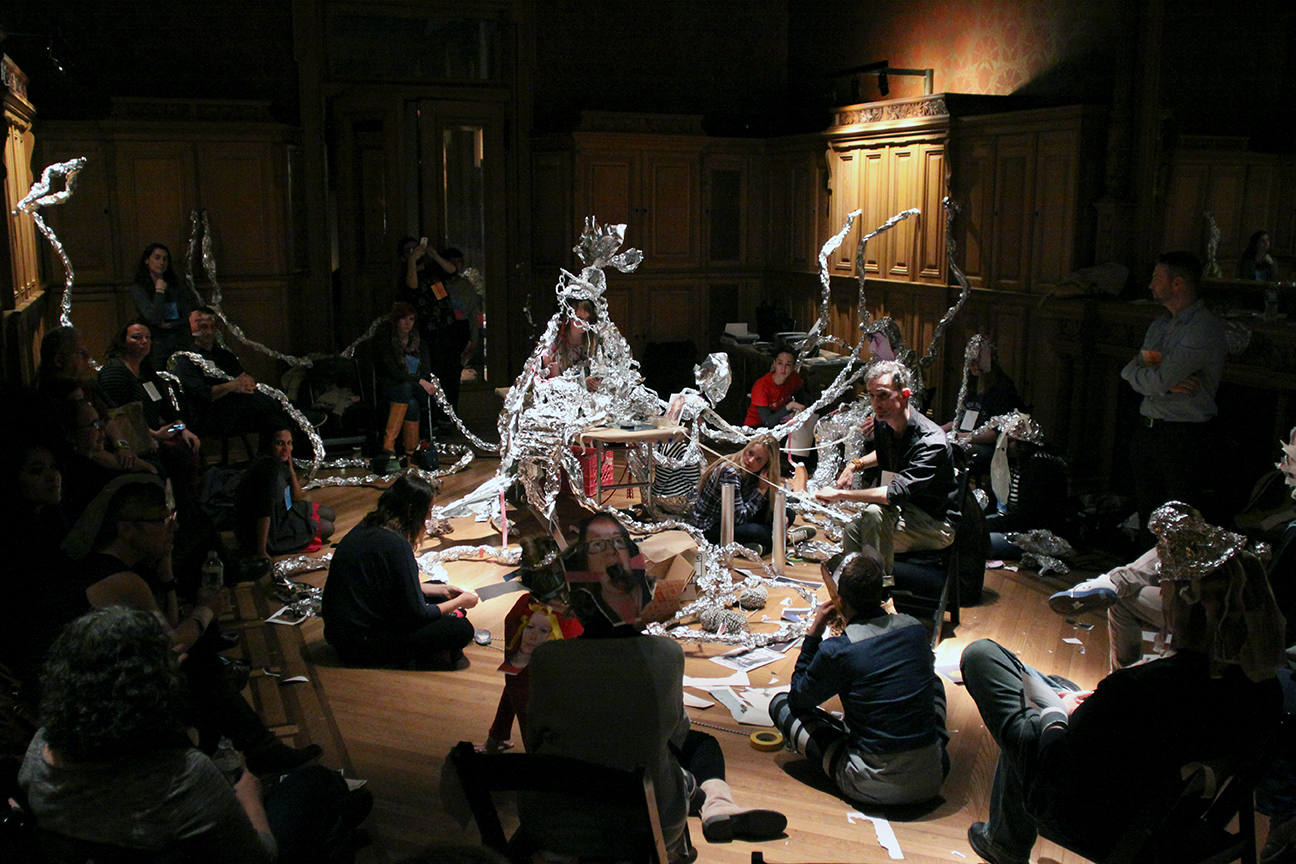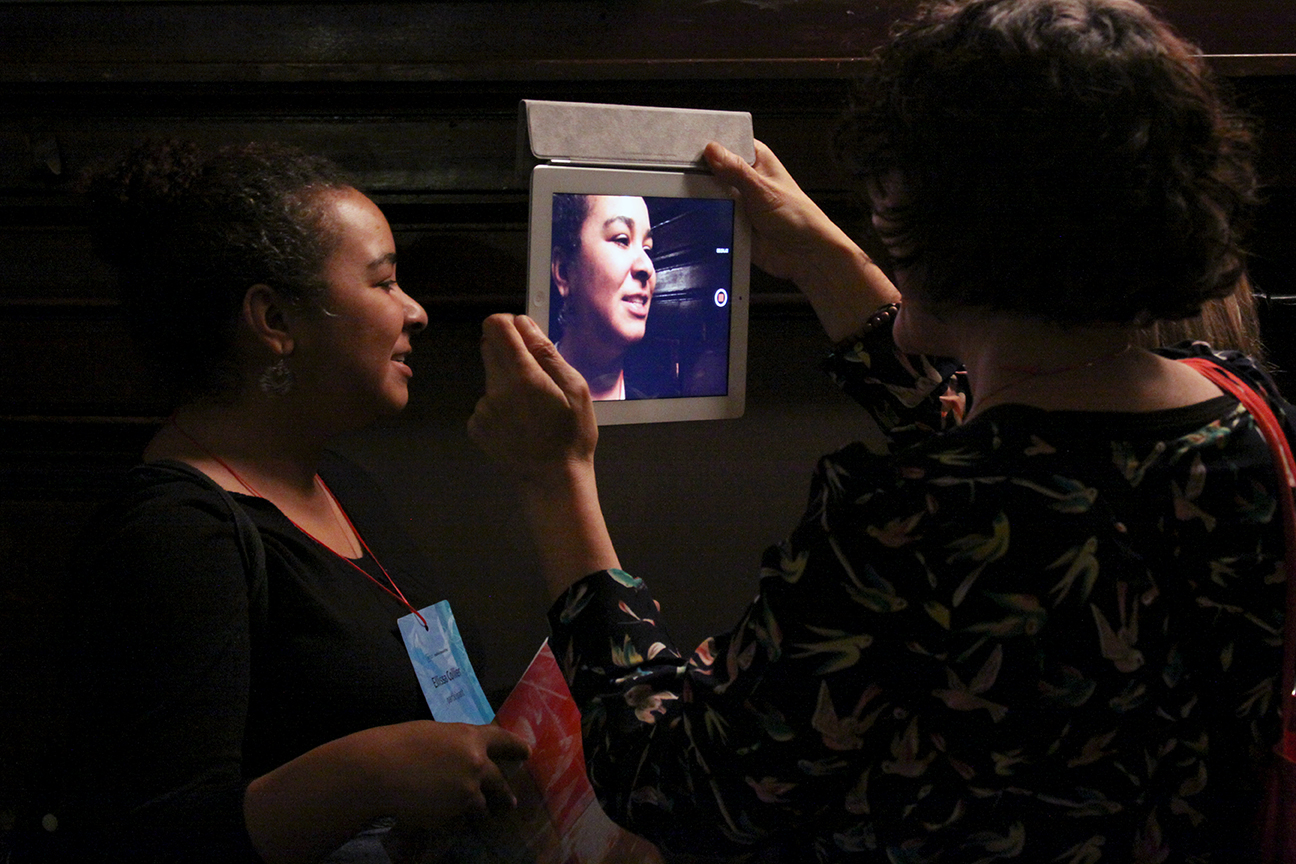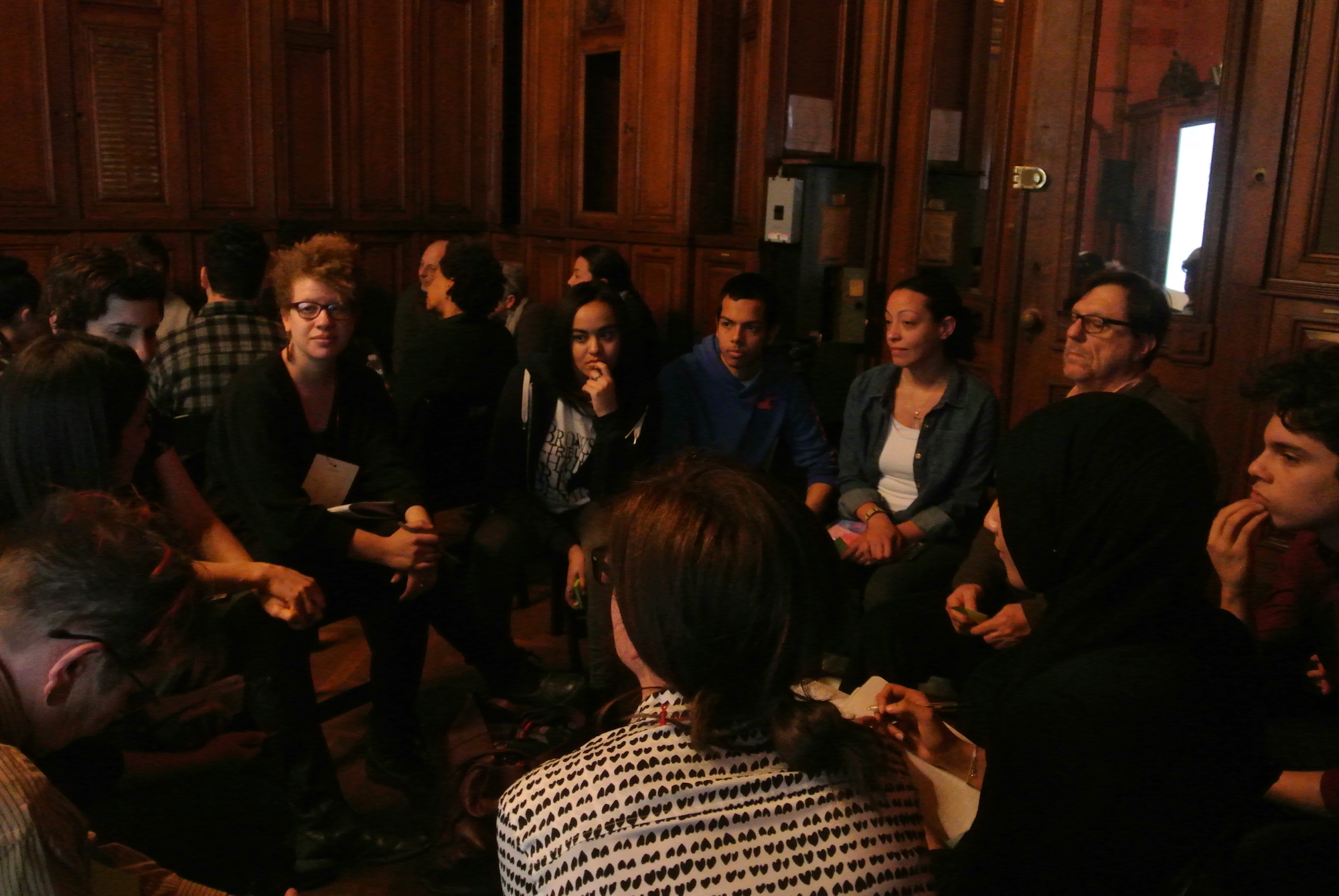Experiments
Experiments were facilitated by pairs of artists and educators to engage participants in aspects of the creative process and ideas central to their work. Focusing on strategies for thinking, making, and performing through art and education, sessions encouraged collaboration, experimentation, and interdisciplinary exploration.
Areas for Action
Jethro Gillespie and Oliver Herring
Areas for Action was first performed by Oliver Herring in 2010 as a series of participatory performances, improvisatory sculptures, and real-time collaborative artworks. This experiment engaged participants in a series of prompts inspired by Areas for Action, and served as a site for experimentation, risk-taking, and the exploration of process and materials.
Performing Objects: Future Archaeologies
Tricia Fitzpatrick and Mary Mattingly
Based on the work of artist Mary Mattingly and supported by Environmental Science teacher Tricia Fitzpatrick, this workshop explored the idea of environmental loss and ritual using objects donated by each participant. As part of the experience, the group waled to Central Park for a ceremonial burial and eulogy.
Postcards Parlor Games
Don Ball and Mark Dion
A collection is only as good as what you do with it. Based on the extensive postcard collections of Mark Dion and Don Ball, participants took on a variety of roles as they interpreted, debated, narrated, and subverted the images that define past and present representations of art, science, history, and place. Plenty of persuasive rhetoric and playful banter ensued.
Media Remix
Jack Watson and Mark Bradford
Social media and popular culture are reshaping the ways we communicate, share, look, and think. How can we critically deconstruct these platforms and the ways we use them to analyze and create new forms of creative production? This experiment explored the ephemerality of new media and the possibilities for remixing sources, while reimagining what social networks can do.
The Language Gap
Nick Kozak and Paul Pfeiffer
In art and in teaching there is an attempt to bridge the divide between people—between artist and audience, teacher and student. This workshop explored issues of language, labor, ethics, and poetry to investigate how we communicate between relationships, professions, and cultures—between the spaces of art and education.







